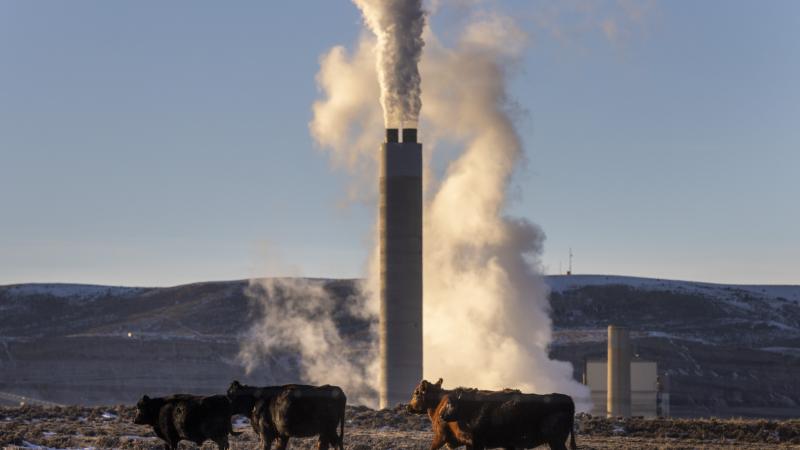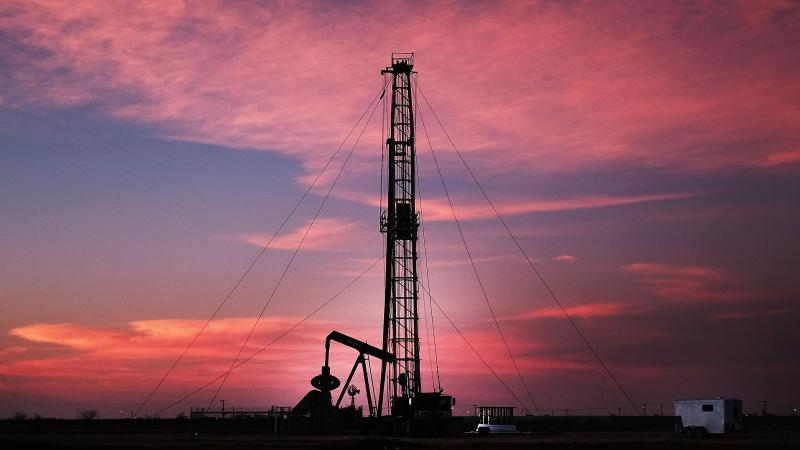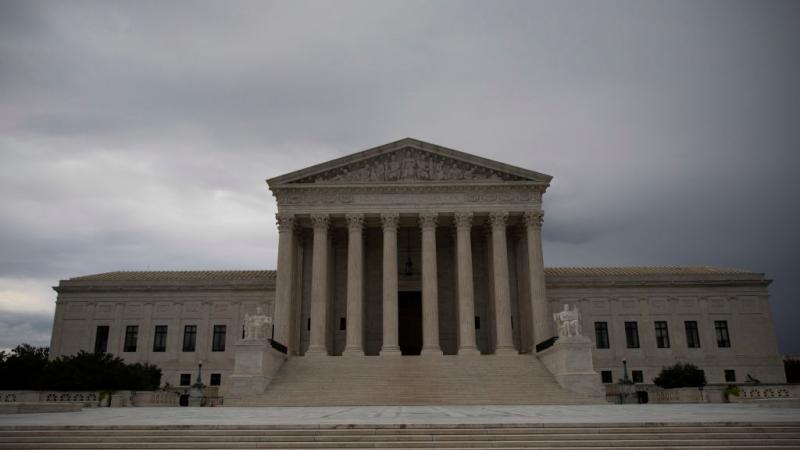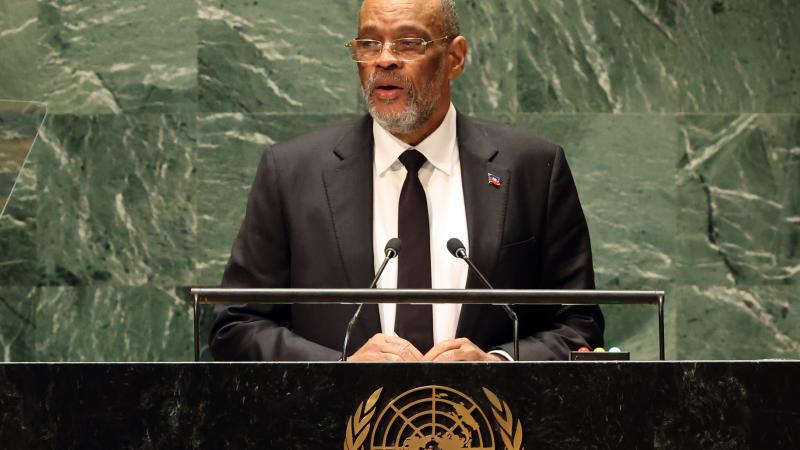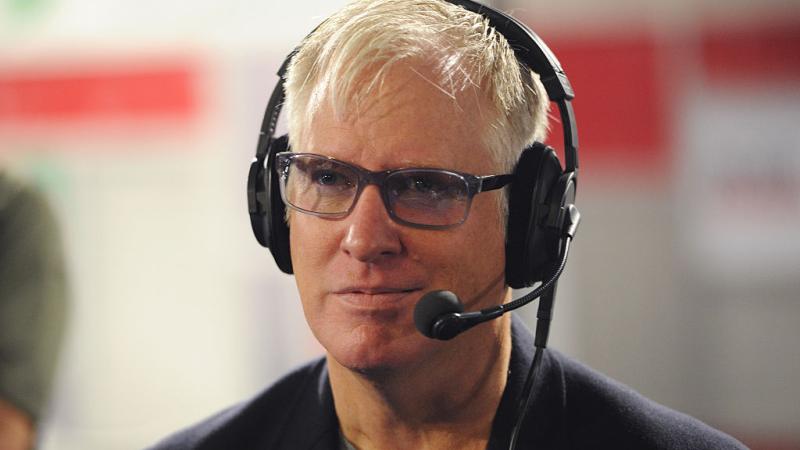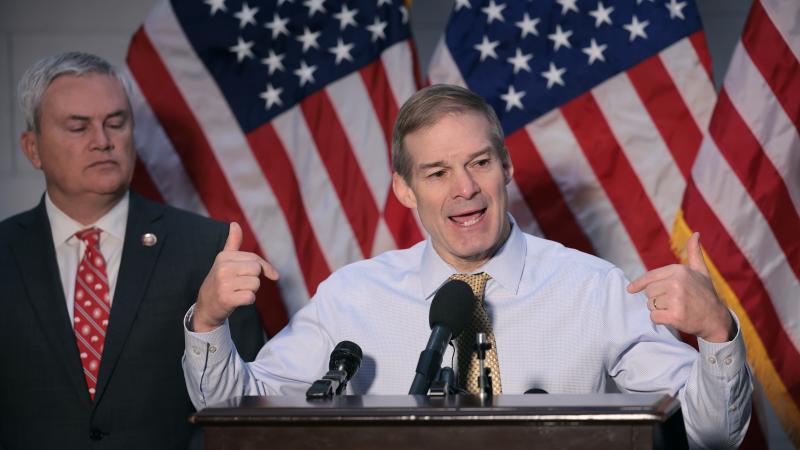Natural gas prices surging due in part to European green energy policies
As part of the EU's Green Deal, European countries shifted from coal-producing plants to less reliable, so-called renewable energy powered by wind.
Natural gas prices have surged by 35% in the last month, with increased demand and reduced supply, coupled with an energy crisis in Europe spawned by so-called green energy policies.
Natural gas is a reliable, critical heating fuel relied upon during colder months. It supplies slightly more than one-third of power generated in the U.S., according to the U.S. Energy Information Agency.
But an energy crisis in Europe is having ripple effects worldwide, impacting American supplies and causing natural gas prices to spike.
"The U.S. is supposed to be an island, but in the last three or four years, there's an increasing link between the U.S. and global market," Bank of America commodities head Francisco Blanch told CNBC.
"We've gone from 50% correlation to 95% correlation," he said. "The U.S. market is being dragged around by this."
The energy crisis in Europe is due in part to Europeans' overreliance on wind-powered energy, coupled with increased demand.
Over the years, European countries shifted from coal-producing plants to less reliable, so-called renewable energy powered by wind. Trusting to wind turbines instead of traditional coal, oil or gas production may result in consumers being left out in the cold with the onset of winter simply because the wind isn't blowing.
"Wind energy is intermittent and unreliable; it can only be produced when the wind is blowing within certain parameters, and cannot be stored at scale," writes John Hinderaker, president of the Minnesota policy think tank Center of the American Experiment. "It is expensive and inefficient, and therefore patently inferior to nuclear, coal and natural gas-powered electricity, except in one respect — its 'greenness.' That greenness consists of not emitting carbon dioxide."
Wind energy is heavily dependent on billions of dollars of subsidies and price controls, both in Europe and the U.S. In Italy, for example, "the assumed relative cost inferiority of wind means that it is less competitive than solar," according to an analysis by the Independent Commodity Intelligence Services. "This together with the assumption that there are no more subsidies, results in significantly reduced wind capacity buildout past-2030, which only accelerates again towards the very end of the forecast period."
The move to wind farms was part of the EU's Green Deal, which seeks to decarbonize the economy by 2050. This is in line with the 2015 Paris Accords goal to limit global warming to 1.5 degree Celsius by 2100, compared with pre-industrial levels, according to ICIS.
Even though U.K. Prime Minister Boris Johnson said last year that wind farms could power every home by 2030, that has quickly proven not to be the case in 2021.
Caught off guard by a surprise lull in North Sea winds, however, some European countries have had to restart their coal power plant operations to ensure they have electricity, the Wall Street Journal reports.
The demand for oil and gas, coupled with less wind-powered energy, has caused electricity costs to skyrocket in Germany and France, Business Insider reports, while wholesale gas prices in Europe have surged by as much as 450% in the last year. The upward pressure on gas prices is driving oil prices up in turn.
Soaring gas prices "are likely to drive a switch to oil that boosts global crude demand by several hundred thousand barrels per day (bpd) squeezing already tight supply," Reuters reports.
"This has never happened before at such a global scale. The market has always tried to substitute from costly oil to much cheaper natural gas," Swedish bank SEB chief commodities analyst Bjarne Schieldrop told Reuters.
"This is now totally turned around. The magnitude of the switching from natural gas to oil is hard to pinpoint but estimates are from 500,000 bpd or higher."
But the demand is also driving record exports of American liquified natural gas (LNG) — which is limiting U.S. domestic gas supply while gas production in the Gulf of Mexico is still shut in.
All of this is creating a perfect storm for increased prices due to a natural gas/LNG supply shortage — setting the stage for record winter prices, Lindsay Schneider at RBN Energy forecasts.
"The incredible bull run for global gas prices has been underpinned by high demand for LNG and the cascading effect of a supply squeeze in Europe, brought on by the triple threat of low domestic production, decreased imports from Russia, and a scarcity of incremental LNG cargoes," Schneider wrote in a recent analysis.
"Not only is this driving record-high gas prices and increased volatility now, but the low inventory means sustained high prices for the heating season ahead," he argues.


